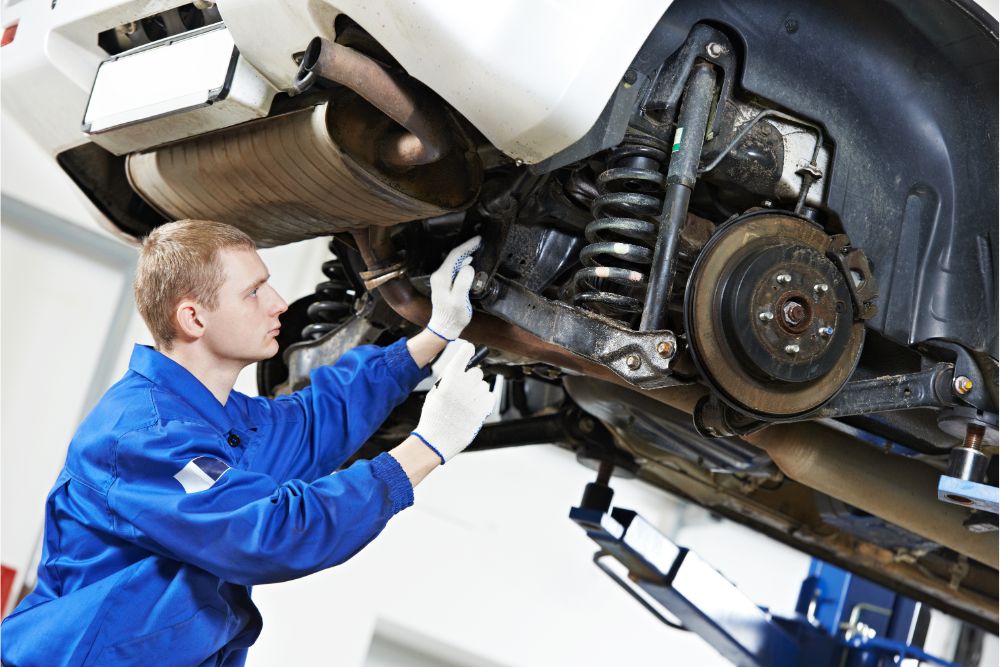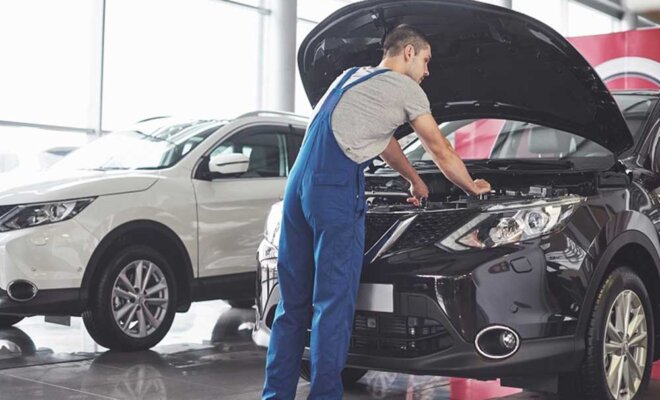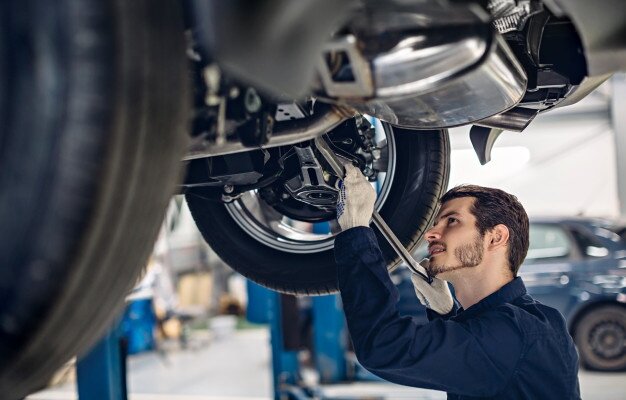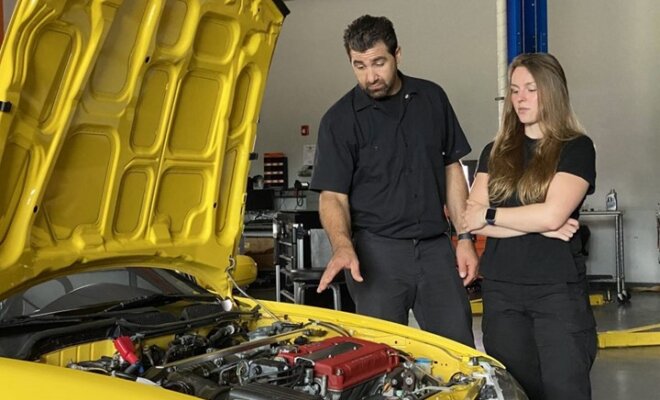Every single day, millions of people travel from one place to another via roads. Roads are shared by all kinds of modes of transport – bicycles, two-wheelers, cars and vans, trucks, trams, buses, and more. Then there are carefree animals and attentive pedestrians who also commute through pavements and crossings.
The road transportation system of a country is vital to its social and economic development, provided vehicle crashes stay under control. Otherwise, they burden the Gross Domestic Product (GDP), where losses may go as high as 3% in high-come countries like the US.
The global outlook is grim, as the Centers for Disease Control (CDC) found that at least 1.35 million people worldwide die each year from road crashes. The Lancet stated that crashes at the current rate would cost the world economy a total of $1.8 trillion between 2010 and 2030.
Unfortunately, the US holds the record for higher crash rates than other high-income nations, along with the title of a ‘laggard’ when it comes to saving lives on the roads. While crashes can occur between any type and number of vehicles, people often lean towards the notion that big rigs or large trucks hold the greater guilt in the matter.
How true is that, and what will it take to make road safety a happy reality for every citizen? In the following sections, we discuss all this and more.
How Common Are Truck Accidents?
While commercial trucks are invaluable to a country’s economy, they are no stranger to accidents. According to the Federal Highway Administration, there was a 9.4% increase in the number of truck accidents in 2021.
The National Safety Council (NSC) reported that at least 5,700 crashes occurring between 2022 and 2023 involved big rigs. Sadly, most crashes where a big rig is involved lead to fatalities and severe injuries. These accidents are often caused on rural and curved roads.
Why It’s Not Just About the Numbers
When it comes to trucking accidents, the problem is not just the number of accidents as much as it is the nature of these tragic events. This means a truck accident is largely different from a car or two-wheeler accident. One of the primary ways the accidents differ is the sheer threat to lives and property.
As per Federal regulations, a standard commercial truck can weigh up to 80,000 pounds. Their height can range between 8’6” and 13’6” depending on whether the big rig is a semi-truck or truck. The mere size and weight of a big rig make a passenger car look like a midget. According to the Environment Protection Agency (EPA), the standard weight of passenger vehicles cannot exceed 4094 pounds (the difference is mind-blowing).
Now, it doesn’t take too long to imagine how a big rig is easily capable of far worse injuries and damages when compared to passenger four-wheelers. Usually, it’s the opposite party (unless two trucks collide) that suffers the most. A lawsuit can be filed against the perpetrator, but trucking accident lawsuits are also extremely complex.
This is because there is hardly ever a single party at fault. The defendant could be the truck driver, the cargo loaders, the trucking company, the employer, the maintenance company, and so on. To win in such complex cases, a trucking accident lawsuit guide may familiarize the plaintiff with the correct legal process (preferably chartered with the help of a reliable attorney).
Besides the size and weight, trucks are painfully restricted in their maneuverability and visibility power. A truck usually has three blind spots – both of its sides and its rear end. If other vehicles drive too close to any of these blind spots, the truck driver has no way to perform a last-minute life-saving maneuver. The car or two-wheeler will inevitably be thrown off the road with great speed and force.
According to TorHoerman Law, such maneuverability issues often cause serious injuries, including broken bones, severe burns, lacerations, brain injuries (coma and paralysis in some cases), and spinal cord or neck injuries. If passenger vehicles miss each other, they can still prevent an accident via a last-minute maneuver. In a nutshell, the impact and aftermath of truck accidents (including the stress involved in filing lawsuits) are much greater and more complicated.
Most Common Causes of Road Accidents
As road crashes increase by the year, safety experts and highway regulators have tried to discover the major reasons behind these mishaps. Some of the common causes of road accidents (whether they involve a big rig or not) include:
- Distracted Driving
Anything that takes the driver’s focus off the road counts as a distraction. According to the CDC, there are three main kinds of driver distractions – cognitive, visual, and manual. Cognitive distractions take one’s mind off the road, including worry, daydreaming, etc.
Visual distractions take one’s eyes off the road, the most common example of which is texting. In fact, just 5 seconds of texting in a vehicle zipping at 55 miles per hour is like driving the length of a football field with eyes shut. Manual distraction takes one’s hands off the wheels, including eating and texting.
- Impaired Driving
The Federal driving limit in an intoxicated state is 0.08% Blood Alcohol Content (BAC) for passenger vehicle drivers and 0.04% BAC for commercial truck drivers. When people violate these regulations, a crash becomes inevitable.
In most cases, drivers who are not sober lose their ability to stay within the lane. This could also happen due to prescription drugs or opioids.
- Over-reliance on Safety Features
Today, both passenger vehicles and commercial trucks come with advanced driver support systems, such as air disc brakes, blind-spot monitoring, park assist, lane-departure warning, automatic brakes, forward video monitoring, etc. These technologies are useful when used with proper knowledge, but drivers often underestimate their limitations.
For instance – crashes are caused due to over-reliance on blind-spot monitoring systems as drivers believe that the tech can detect even pedestrians and cyclists at high speeds. Some confuse the collision warning with the automatic braking system, whereas others do not check the roads due to blind faith in these technologies.
To What Extent Can One Blame Big Rigs?
In most cases, trucking accidents involve two or more vehicles. This often happens as a Domino effect as one vehicle is thrown off the road with great force, and it ends up colliding with another (especially on multiple-lane highways).
The interesting thing to note is that several studies through the past decade-and-a-half have found that more passenger vehicle drivers are at fault for trucking accidents than truck drivers. This is not to say that truck drivers can never cause accidents due to distracted driving or intoxication. But given how regulated the trucking industry is based on the Federal Motor Carrier Administration’s (FMCA) rules, the instances are significantly low.
Car-induced trucking accidents usually occur due to the following reasons –
- Driving in Blind Spots – As stated earlier, passenger vehicle drivers need to steer clear of a commercial truck’s blind spots. Each blind spot is enough to hide an entire passenger car. If they still drive in one of these spots, the truck driver has no way of discerning a car’s presence. A single sudden maneuverability (by the truck driver) in the blind spot will swerve the passenger vehicle and cause severe injuries to those inside.
- Taking a Sudden Left in Front of Trucks – In haste, drivers may attempt to make a sudden left-hand turn without green arrows. When the speed of oncoming vehicles has not been accounted for, a sudden left turn is itself a disaster in the making. Now, imagine cutting off a vehicle that needs more than twice the area to come to a complete halt – a collision becomes inevitable.
- Unsafe Merging – Merging is a common road issue on large highways. Car drivers often try to overtake a commercial truck and merge on a highway lane. It is wiser to let the truck pass rather than racing at the last second, thereby risking a collision.
Final Thoughts
Perhaps the dream of proper road safety is still far-fetched because just initiatives and public campaigns do not do the trick. All kinds of accidents (regardless of which vehicles are involved and who’s at fault) point towards the need for a collective solution – every citizen using the roads has a responsibility to stay vigilant and follow safety rules.
For instance – truck drivers must always drive at a reasonable speed and follow other rules concerning driving hours, BAC limit, etc. Trucking employers should conduct regular quality checks to ensure both drivers and fleets are ready to hit the roads safely. Pedestrians and cyclists must understand the importance of using sidewalks, wearing clothing reflectors, and obeying traffic signals.
Passenger vehicle drivers should avoid all road distractions, keep clear of blind spots, and refrain from overtaking unnecessarily. Simply finding a single party to blame is easy, but the question of the hour is not whether big rigs are the problem. They are a vital link in the current supply chain; cooperation from all parties involved on the roads is the only way to achieve the objectives and milestones set by government schemes and objectives.










